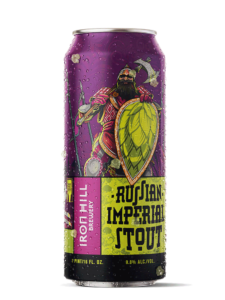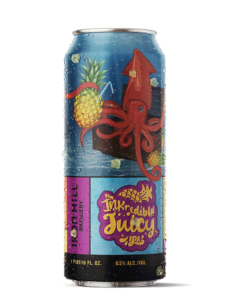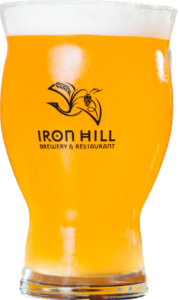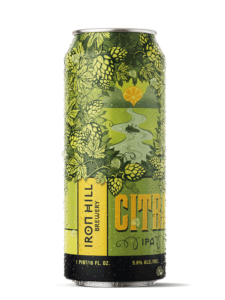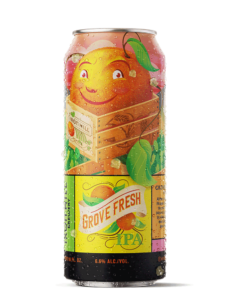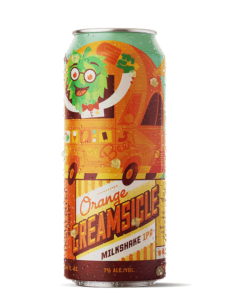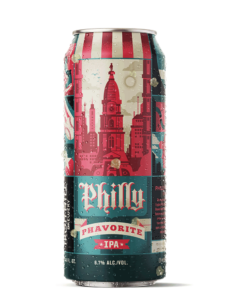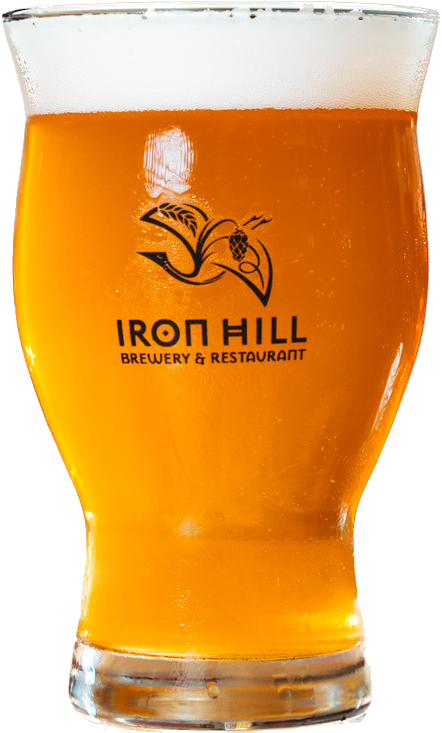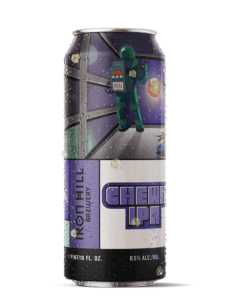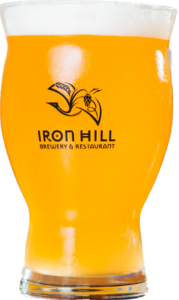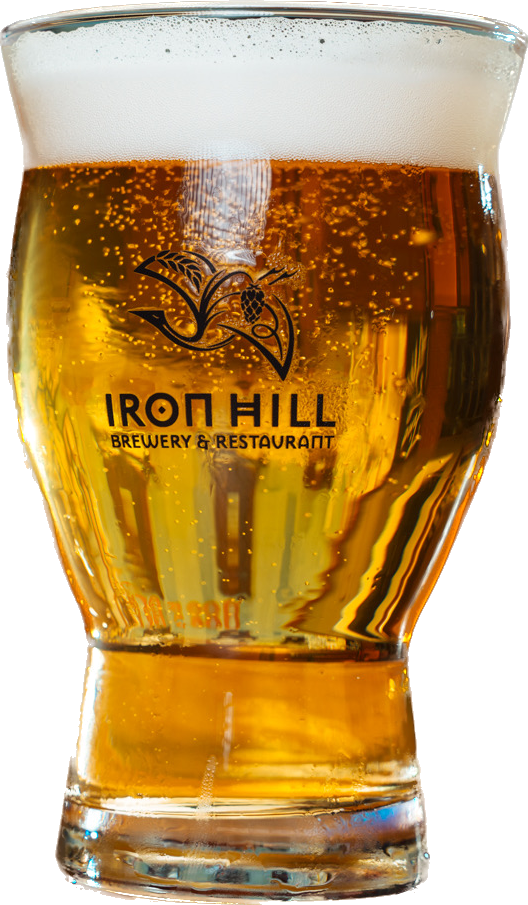Walking into work that day, I knew it was going to be unlike the rest. As the Brand Marketing Manager for Iron Hill, my days are usually spent in an office working on advertising and media activities, drafting e-mails, keeping the website up to date and promoting our King of the Hill rewards club. But on that day, I opened the doors to our Wilmington brewery instead of my office, put on a pair of knee-high rubber boots and pulled on the elbow-length rubber gloves that would protect me from any accidental splashes from hot liquid or chemicals. That day, I was brewing beer. A high gravity batch of Light Lager to be exact. I learned a lot about beer and brewing, but, I was surprised by even more.
Brewing beer is a workout.
The first task I participated in was mashing in. This involved digging into heavy, hot, wet malt in a confined space. I was surprised by the strength it took to do. I had only been on the job for less than an hour, and I was already sweating, wet, hot, and working muscles I didn’t even know I had. And it didn’t get easier. The rest of the day included a good amount of lifting, squatting and bending to get into tight spaces.
Clean is key.
Clean before. Clean as you go. Clean after. At least half of the day was spent cleaning. Brewing has a constant ebb and flow of activity. You must work fast and within time constraints during many points of the process, but then there is a period of waiting. That period was spent checking temperatures, taking measurements, and of course, cleaning.
It’s science.
Making beer requires a great deal of precision, care and attention. You must be able to recognize what’s wrong and understand the chemistry. Just as a chef knows what flavors and textures will work together, a good brewer can create a beer with many layers and distinctions. The tools and instruments that are used in the process reminded me of lab day in science class, and the process itself is very much scientific.
I’m fascinated by the homebrewing systems I’ve never seen.
While working with state of the art stainless steel equipment, a heat exchanger that transfers heat from one liquid to another and a handful of complex gadgets and tubing, it got me wondering just how homebrewers do what they do. I can imagine that no two homebrewing systems are alike and that many household items are used in place of the fancy instruments we used in the brewery.
Through this experience, I learned that the ingredients that go into beer are simple. It’s bringing them together that’s the tough part – but also the interesting part. Visit our brewing process page to view a step by step illustration of how we brew each of our beers at all 15 of our locations.
With 15 locations in Pennsylvania, Delaware, New Jersey and South Carolina, there’s an Iron Hill Brewery & Restaurant near you. Each brewery/restaurant has their own craft kitchen and scratch brewery, allowing individual chefs and brewers the creativity to pair the freshest ingredients with the highest quality grains and hops. Monthly releases vary by location, so scout out our beers on tap and visit us soon.
This article was contributed by Jaclyn Daley. Jaclyn is the Brand Marketing Manager at Iron Hill Headquarters.

